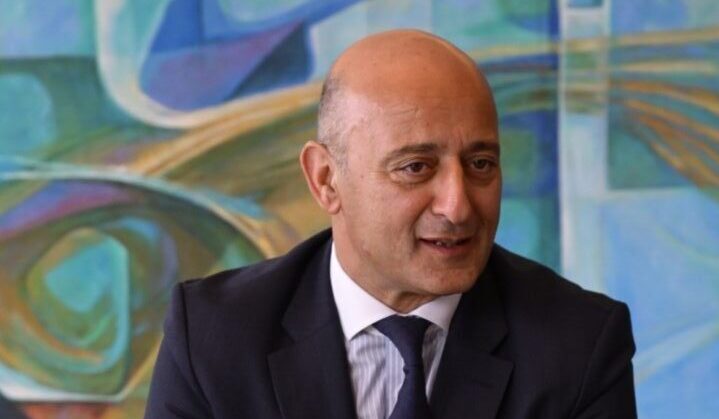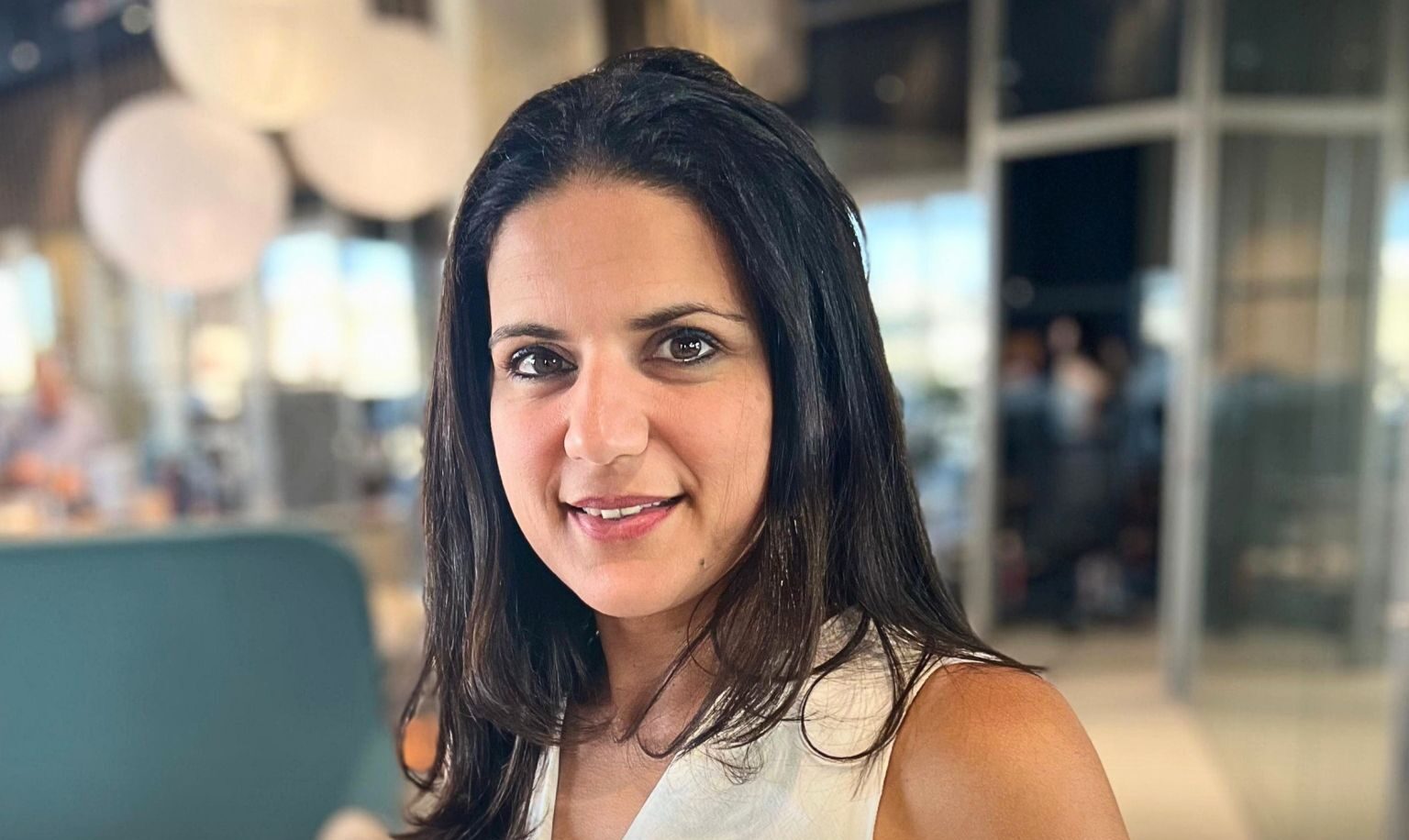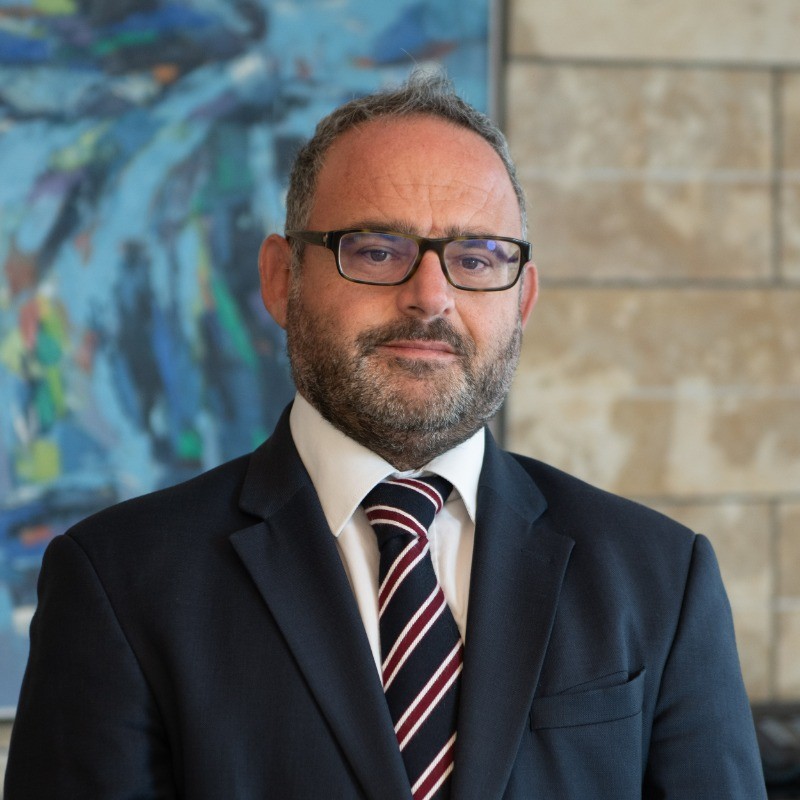Struggles against insider trading and different kinds of new market manipulation has always been an uphill battle for regulators. However, developments in AI mean that automated trading bots are not only becoming smarter, but they’re more independent too – learning quickly from experience, collaborating with other bots and acting autonomously when making trades.
BOV CEO Kenneth Farrugia warns that this is enough to raise the alarm about the potential consequences in trading.
“This is in effect a real existential threat that can lead to serious market manipulation through the creation of false signals that trigger AI driven responses to distorted views on the depth of a market which is in reality illiquid,” Mr Farrugia tells MaltaCEOs.
“There are already safeguards vested in the Market Abuse Directive and Regulations. However this threat also calls for enhanced monitoring of trading patterns and real time mitigating solutions to automated AI driven responses. An overarching theme is also Investor Education on the risks of AI driven market abuse.”
One risk scenario, according to experts, involves collaboration between AI bots. This could look like hundreds of AI-driven social media profiles popping up online and weaving narratives about companies, that, while not necessarily false narratives, would amplify existing news. In response, real social media users would react and tip the market in these crafted AI messages.
A roboadvisor could rake in profits for the investor, having coordinated with other AI profiles. The problem is that the investor profiting may not even know he is part of a scheme, making charges of market manipulation difficult, even if authorities can see that a trader benefitted from distortive practices.
The Market Abuse Regulation (EU) No 596/2014 (MAR) and the Market Abuse Directive (Directive 2014/57/EU (MAD) establishes a legal framework to prevent and penalise market manipulation, insider trading, and unlawful disclosures. These regulations include several key safeguards to address risks posed by AI-driven trading. However, as AI bots are constantly evolving, it may become harder and harder to protect the market.
One major safeguard is the prohibition of market manipulation (Article 12 MAR), which explicitly covers AI-driven tactics such as spoofing (placing fake orders to mislead traders), layering (creating false market depth), and wash trading (fake transactions to inflate volumes). Since AI can execute these strategies at high speeds, regulators require strict monitoring to detect and prevent such activities.
Another critical measure is the restriction on insider trading (Articles 8 & 10 MAR). AI systems must not exploit non-public information, and firms must maintain insider lists and internal controls to prevent misuse. Additionally, surveillance and reporting obligations (Articles 16-18 MAR) mandate that trading venues and financial institutions monitor transactions for suspicious AI-driven patterns and file Suspicious Transaction Reports (STRs) when needed.
For firms using algorithmic and AI-driven trading, MiFID II (Markets in Financial Instruments Directive) complements MAR by requiring pre-trade controls (e.g., kill switches, throttling mechanisms) and rigorous testing of AI models before deployment. Regulators also require firms to flag algorithmic traders to ensure transparency.
Finally, MAR imposes strict penalties (Article 30) for violations, including fines of up to €5 million or 10-15 per cent of annual turnover, and criminal sanctions under MAD for severe cases of intentional market abuse.
Investors, according to Mr Farrugia, should also be aware of red flags, such as sudden unexplained price swings, abnormal order cancellations, or flash crashes triggered by AI reactions. Regulatory bodies like Malta’s MFSA and the European Securities and Markets Authority (ESMA) issue warnings and guidelines to help investors identify these risks.
Are constructive dismissal cases on the rise in Malta?
Lawyer Andrew Borg Cardona notes that more employees seem willing to challenge perceived unfair treatment through constructive dismissal claims.
We are ‘sharing a piece of Maltese heritage with West Africa’ – Farsons Deputy CEO
Kinnie is now also manufactured in Ghana.
Businessman Jean Paul Busuttil murdered in Bidnija
He was the Founder of Luxury Living Technologies plc, listed on the Malta Stock Exchange.
Vogue US Editor-in-Chief Anna Wintour steps down, leaving a playbook for leaders
Stylish, direct and fierce.









